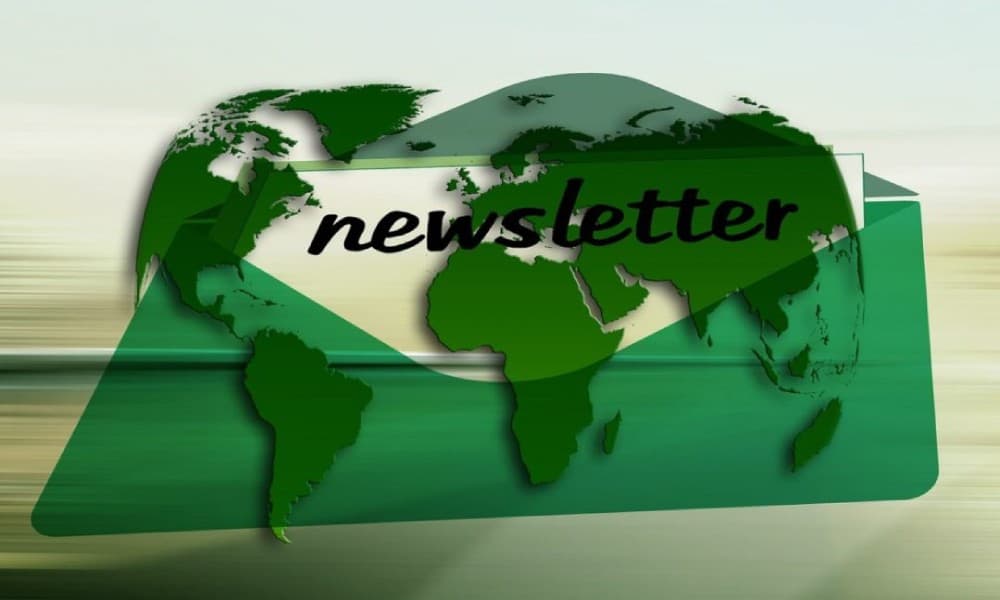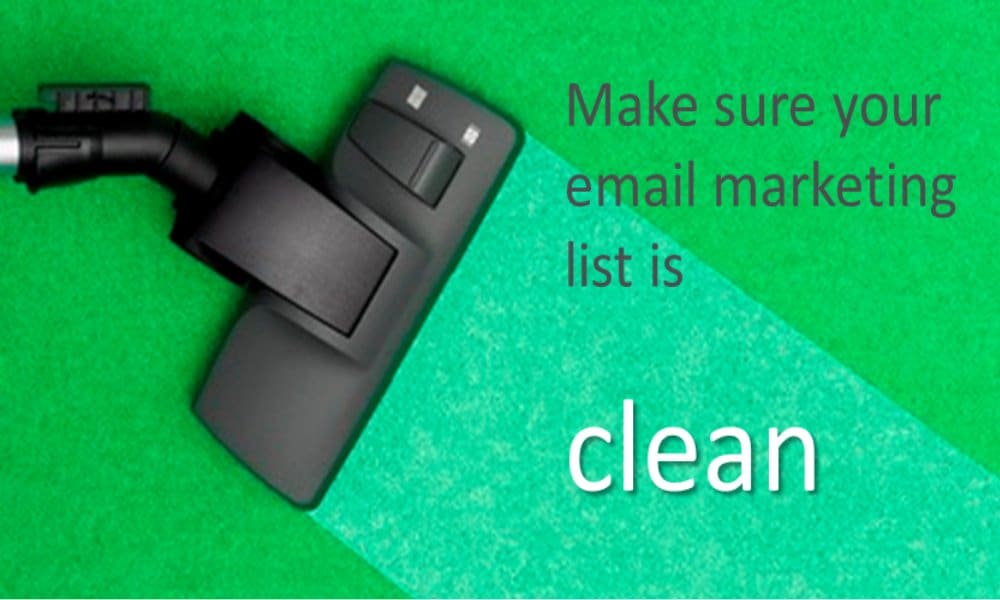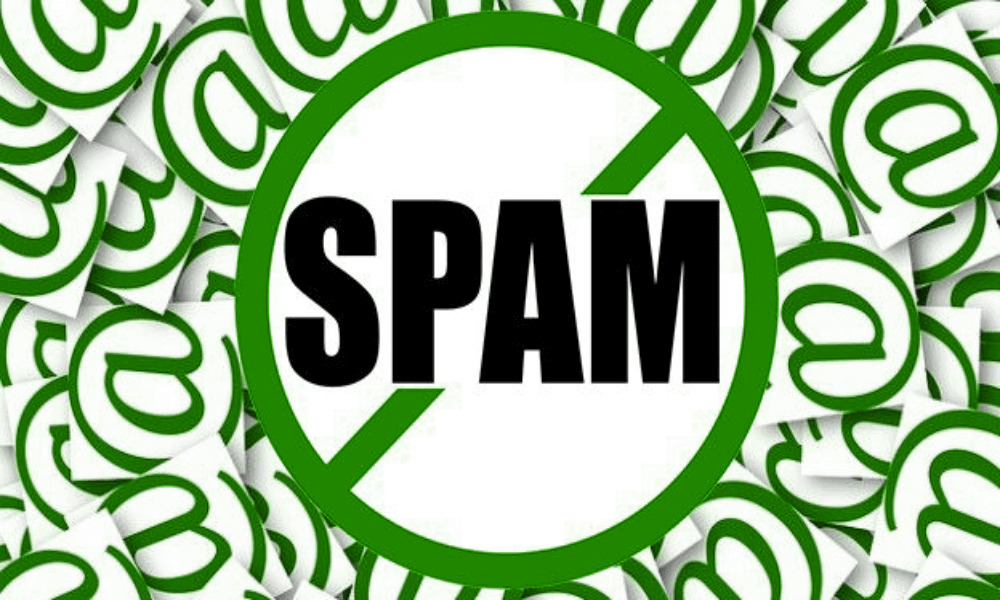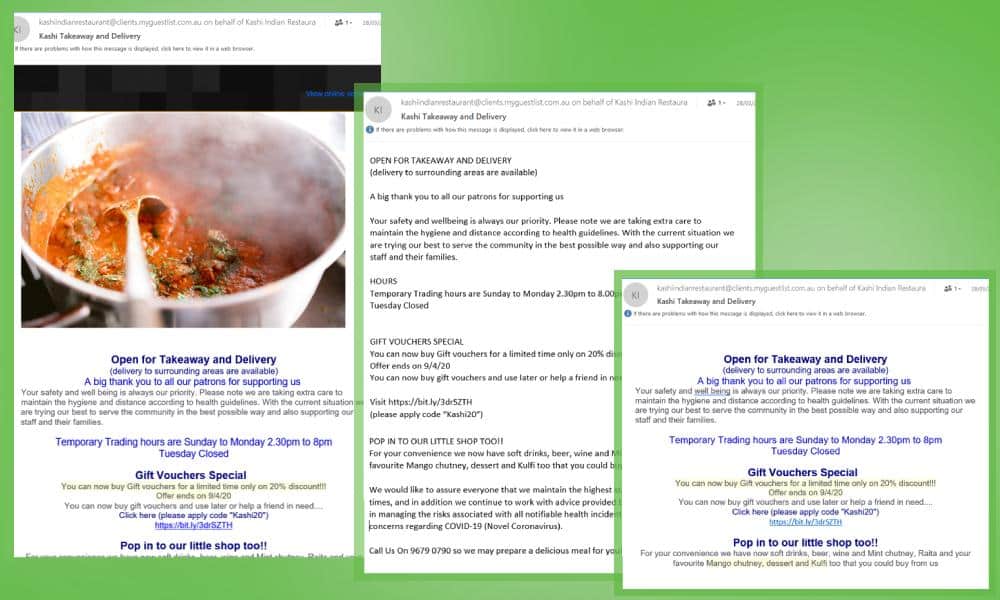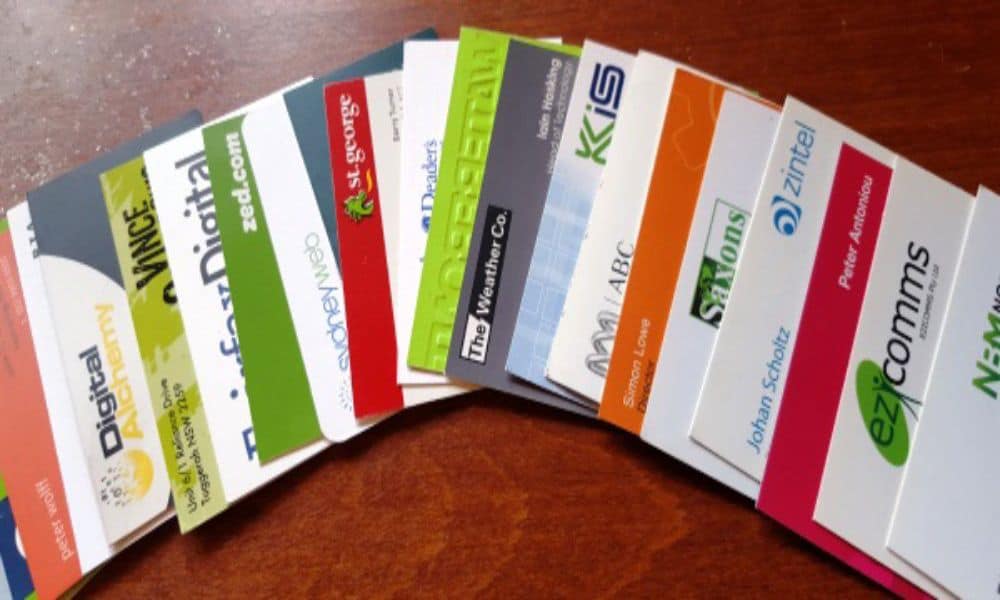Why do you need an email newsletter?
Who reads them anyway? You know you don’t read all the email newsletters that turn up in your inbox. Why waste time and effort on something people will just ignore?
Reasons why you need an email newsletter
An email newsletter offers great ROI
A 2015 report from the Direct Marketing Association show that for every dollar spent on email marketing in 2014, there was a $38 return. That’s an increase from the $24.93 the previous year.
Of course, email newsletters are only a part of email marketing, and not all that ROI comes from newsletters. Marketing automation also enables activity-based and lifecycle-based emails, which accounted for 30% of that revenue. But newsletters are still the easiest and most effective place to start your email marketing.
One client had always intended to send a newsletter, but never got around to it. When we created and sent newsletters for her, she got 3 new contracts from the first 4 issues, making around $40,000 in revenue. In this case, the newsletter was going to an internal list of around 2000 contacts, but the service was at a high price. For lower cost services, you’d get a lower revenue per response, but you would expect more responses.
Email newsletters are a great way to keep your business top-of-mind
Part of what drove that ROI for our client was that the email newsletter reminded existing contacts about the company. Newsletters are a great way of keeping in touch.
You meet people at networking events. Website visitors download something from your site. You quote and don’t get the business. You quote, get the business, then invoice it. However you met, whatever your relationship, if people don’t hear from you again, they forget you. But if you send a regular email newsletter, they get a regular reminder. And when they need your service, they remember you. They may even have your details easily accessible in their inbox.
Email newsletters help you build a relationship.
Emails aren’t all about hard sell.Your newsletter can help, support and inform. That means your readers see you as somebody who can help. And who’s there for the long term. They get to know you. They get to trust you.
There’s a mass of research on the number of touch-points needed to generate a sale. The figures range from 7 to more than 20. Of course, some of those will be personalised sales touchpoints, but some of the early ones can be delivered by your email newsletter. Especially if the content is relevant and helps them with their issues.
You can also include information about events you’re attending and an option to meet up there. Or awards you and your company have won. All this makes you look active, expert and engaged.
Email newsletters help you cross-sell
Most service businesses offer more than one service. Even your existing clients may not know everything you can do. A newsletter can be a great way to educate your clients and your prospects.
The client we were talking about before offered a range of CRM-related services. One newsletter article talked about the importance of quality data to get value from your CRM. Managing data quality wasn’t a core product for the company. It wasn’t heavily promoted on the website. But that article got an enquiry worth over $10,000 of revenue.
Case studies also work as a fantastic way of cross-selling. Seeing what benefit someone else got from your service helps prospects understand what’s in it for them. Post case studies on your website, as blogs or in a separate client feedback section. Then include a link in your email newsletter and drive people back to visit your site again.
Your email newsletter can even get you new leads or clients
If something’s valuable, people share it. And according to Quicksprout, email subscribers are 3.9 times more likely to share content via the social web than other visitors to your site.
Of course, you need to make it easy for them.
If you’re sending them to posts or pages on your website, make sure there are ‘share this’ buttons on those pages. Beyond that, include share buttons in the email newsletter itself. And invite them to share the newsletter with a friend. Here’s a great example from the guys at Bluewire Media of how to do this. (The PS is one of the most read parts of any direct marketing, online or offline.)
Simple tips for starting out with email newsletters
Make sure you comply with the Spam Act
Non-compliance could cost you up to a million dollars per offence. And the rules make good business sense to. This post about Spam Act compliance has everything you need to know.
Set a consistent schedule
As a minimum, send an email once every 90 days. More realistically, once a month, twice a month or every week.
The Database Marketing Institute say that open rate is highest when companies send two emails per month. This data is from 2011 so it may be out of date. But it’s probably a feasible target for most small businesses starting out with email newsletter marketing.
Whatever you choose, stick to it. For at least 6 months. Then take a deep breath, review and assess.
Personalise
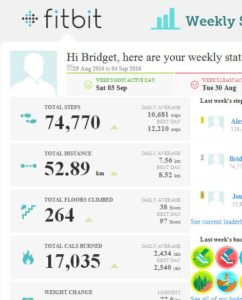 Personalisation can be as simple as using your prospect’s first name in a greeting.
Personalisation can be as simple as using your prospect’s first name in a greeting.
Or as complex as pulling personal data, like the Fitbit weekly report.
It’s a huge help in building a relationship – because it shows you know something about the contact you’re sending the newsletter to.
Just make sure you have a default value for your personalisation which makes sense. ‘Dear <blank>’ looks terrible. ‘Dear subscriber‘ isn’t wonderful, but it’s a lot better!
Segmentation
This is going a step further than personalisation. You categorise your list into various market segments. Of course, different segments work for different companies, but some common ones are:
- Gender. More relevant for B2C than B2B.
- Whether they’re customers or prospects. Don’t send your existing customers a special offer only available to new customers!
- Geography. Currency is different per country. Legal updates may vary per state.
- Type of business. Franchises, not-for-profits, small businesses and listed corporates have very different priorities and interests. Even the same case study may need tweaking to promote a different advantage.
- Software type and version. Take our CRM consulting client as an example. Is this someone who hasn’t used a CRM and doesn’t see the value? Or someone who understands CRM, but needs help? Is their version about to go out-of-date so they need upgrading? Segmenting means more relevant information in the newsletter – which means a better response rate.
Are you sending email newsletters now?
Email marketing newsletters are one of the simplest and most effective ways to get a better return on your marketing efforts. Make sure you don’t miss out!
Do you need help getting started, or improving ROI on your email marketing efforts? Contact NoBull, let’s have a quick chat and we’ll see if we can get you some quick wins. No obligation, first consultation completely free!

